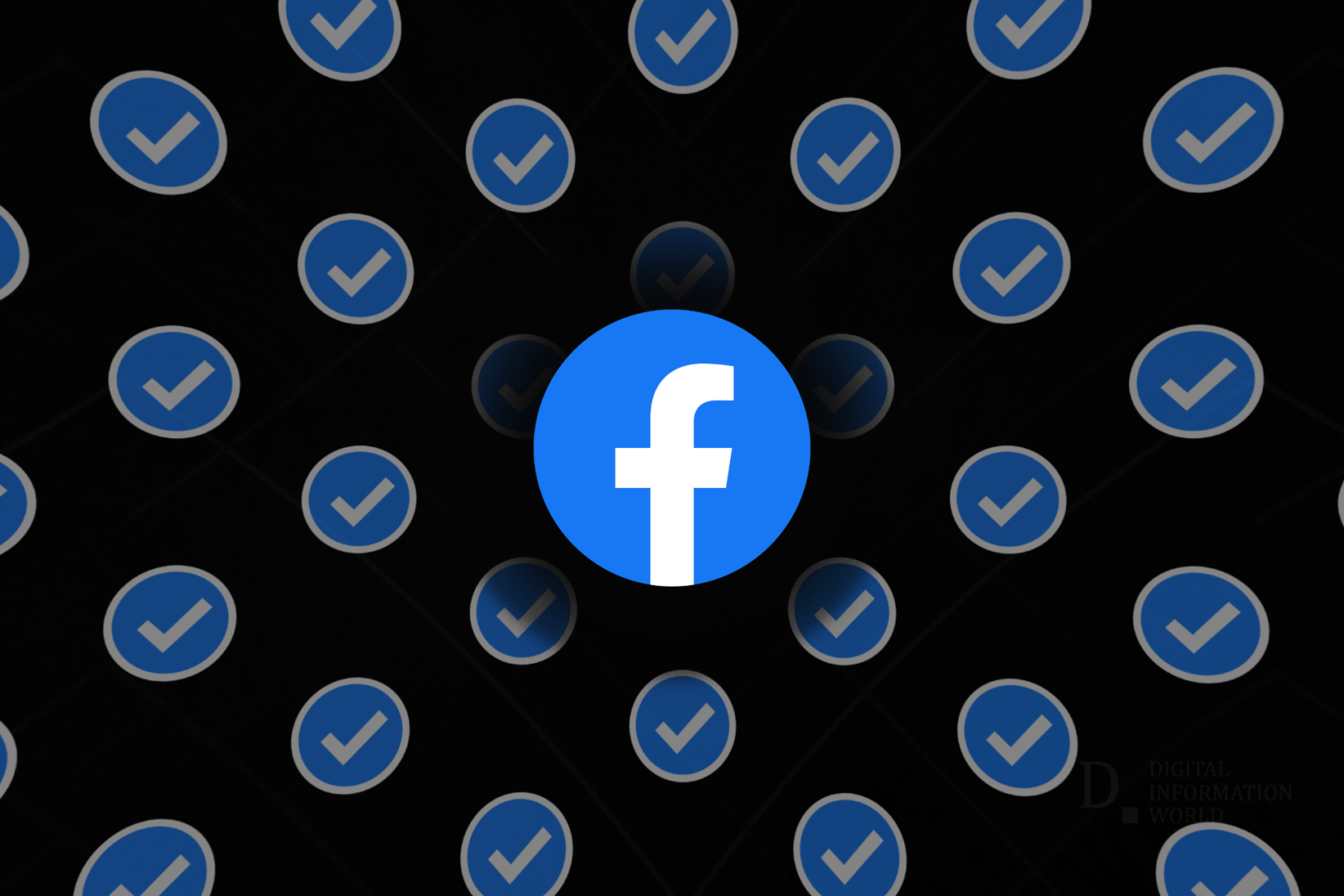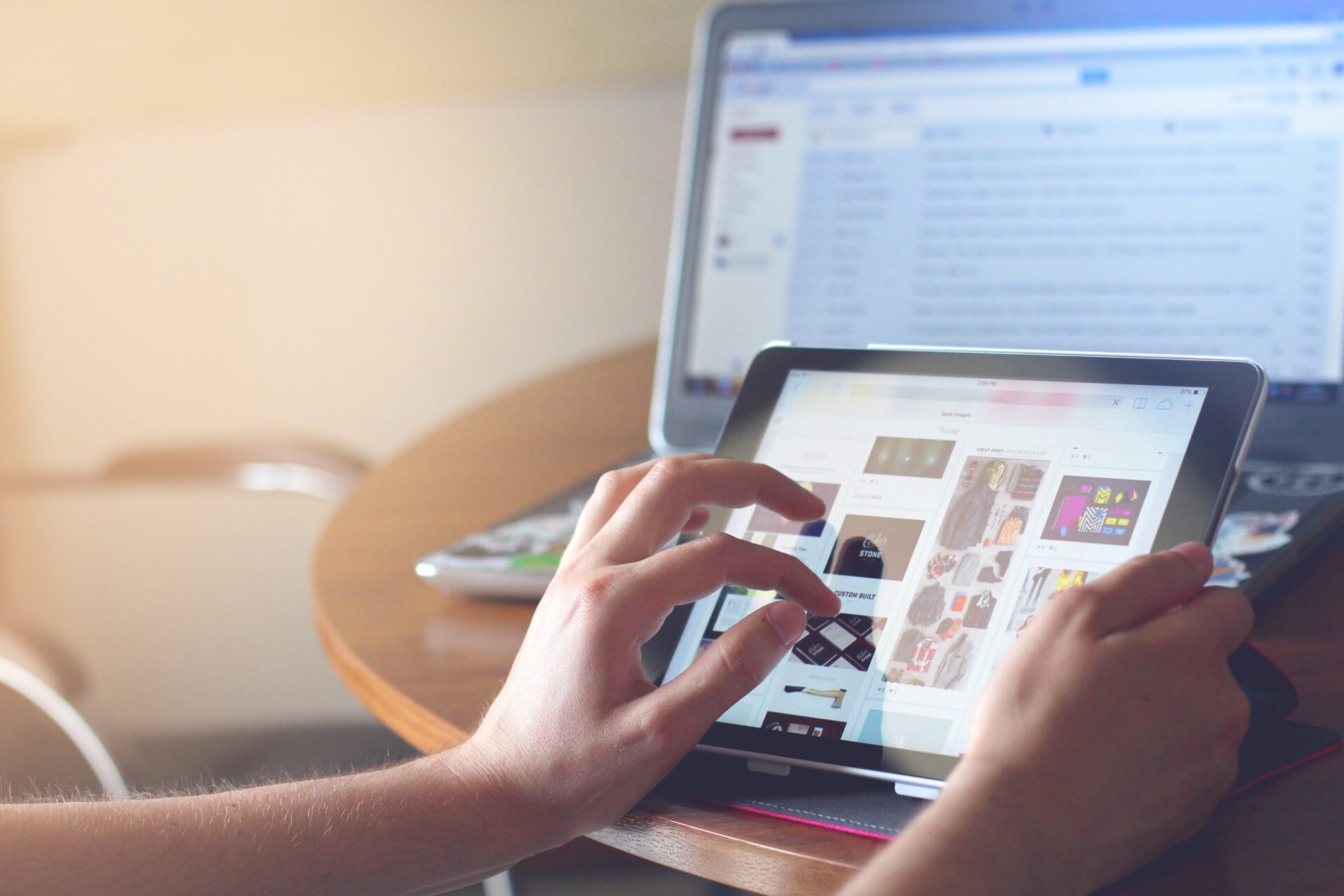
RAJAR, the audience measurement system for the radio industry, recently released their Q4 2022 results, giving a complete view of last year’s radio listening. Radio still reaches 89% of the UK population every week or 50m people, after the pandemic and changing working styles altered the nation’s listening habits. This comes in slightly higher than publishing media, which PamCo recently found to reach 46m people a month. Out of this listening, commercial radio has slowly been growing their share, and now accounts for 50.2% of all listening, overtaking the BBC in terms of share for the third quarter in a row.
The biggest radio networks
Bauer is the second biggest radio network (next to Global Media), with a weekly reach of 20m listeners, but some of their brands saw the biggest year-on-year listening surges out of the data release. Greatest Hits Radio grew 31.4% over the year, whilst the Greatest Hits Brand and Network also grew 20.2% and 17.3% respectively. Meanwhile, TalkSPORT saw reductions in reach for several of their stations, with Virgin Radio down 18.4% and TalkSPORT2 down 11.3%. The TalkSPORT network overall was up by 1.6% however. For Global, the best performing network was Gold, up 24.9% YoY, whilst Capital Network performed more poorly, with a 6.95% reduction in reach.
The growth of online listening
RAJAR also assesses how people are listening to the radio, with online listening soaring by 43% year on year, to equate to nearly 25% of all digital listening. Smart speaker listening also saw their share grow to 13.6% of radio listening, which has increased every quarter of 2022. DAB (digital audio broadcasting) lost share of 3.7 percentage points to 38.8% of listeners, indicating that online and smart speakers are becoming the go to options for listening.
Looking forward
Looking to the future, we forecast that radio listening will increase, driven by online platforms and smart speakers. Head of Display and Audio Activation, Michelle Sarpong, recently spoke to Mediatel. She anticipated that ‘the audio landscape will continue to grow with smart devices becoming more prominent across all adult listeners.’ According to Warc, 2023 adspend for radio will contract by 0.2% in 2023, although online radio will grow by 6%.






Recent Comments